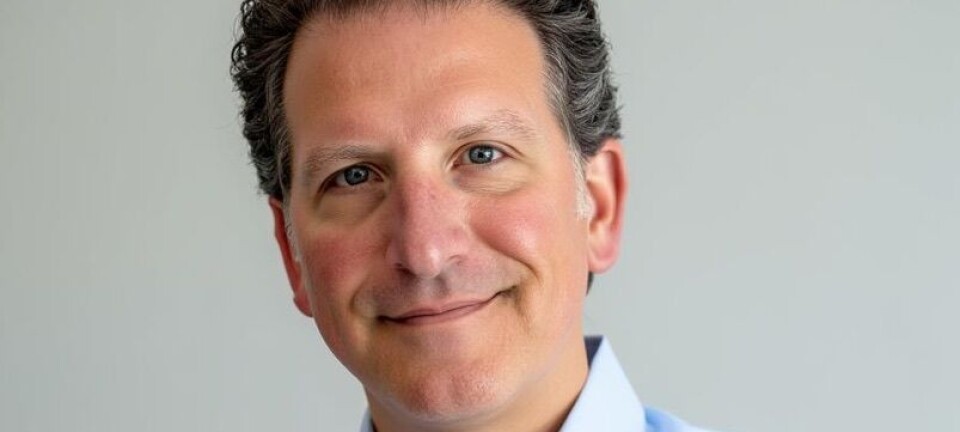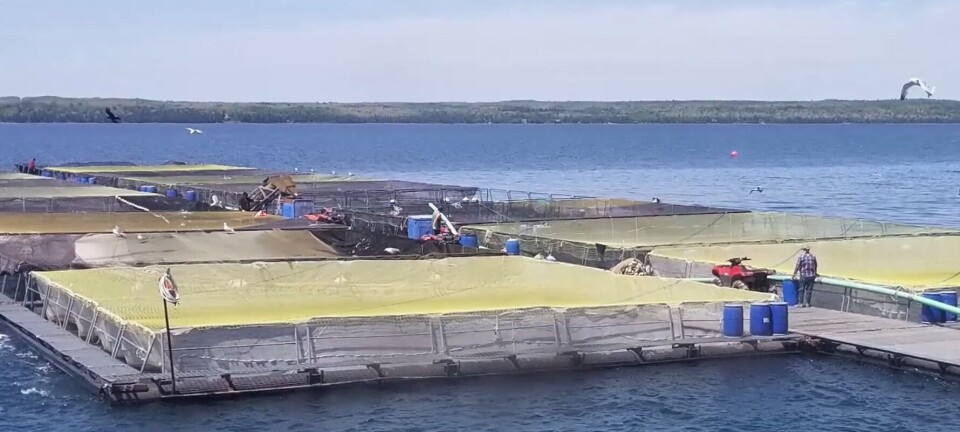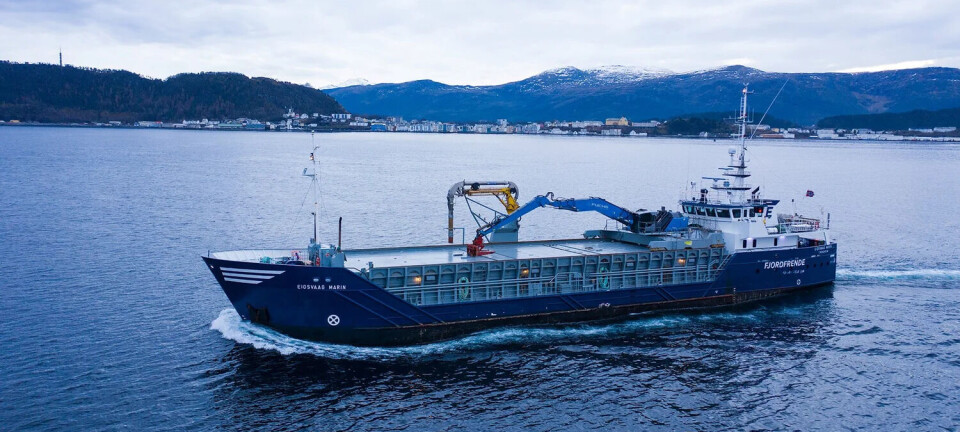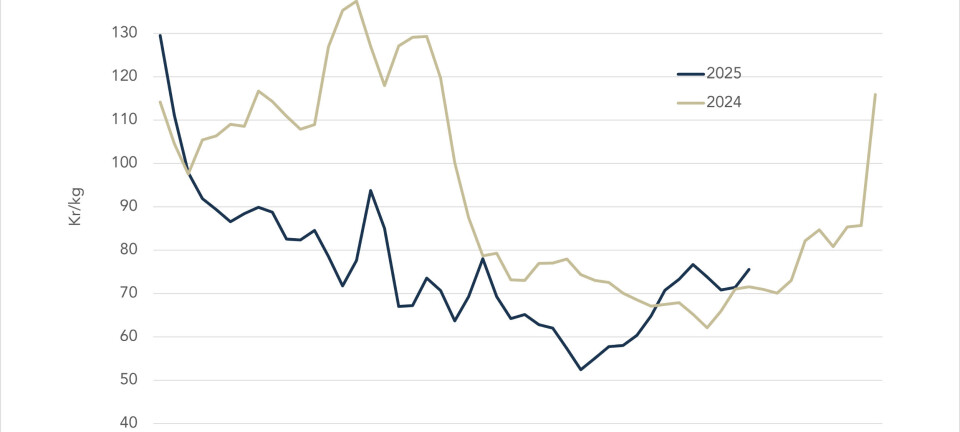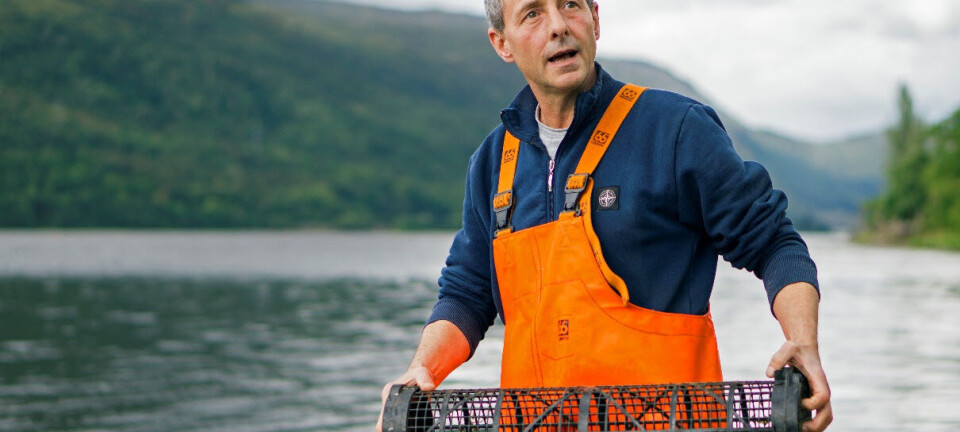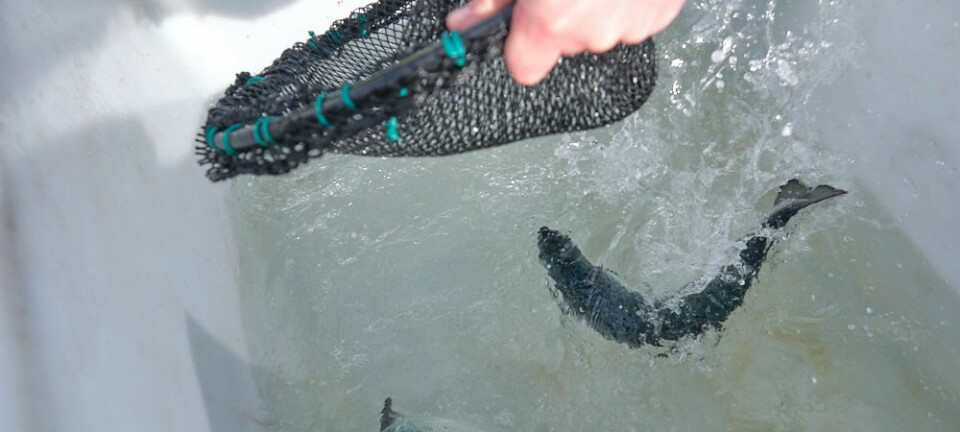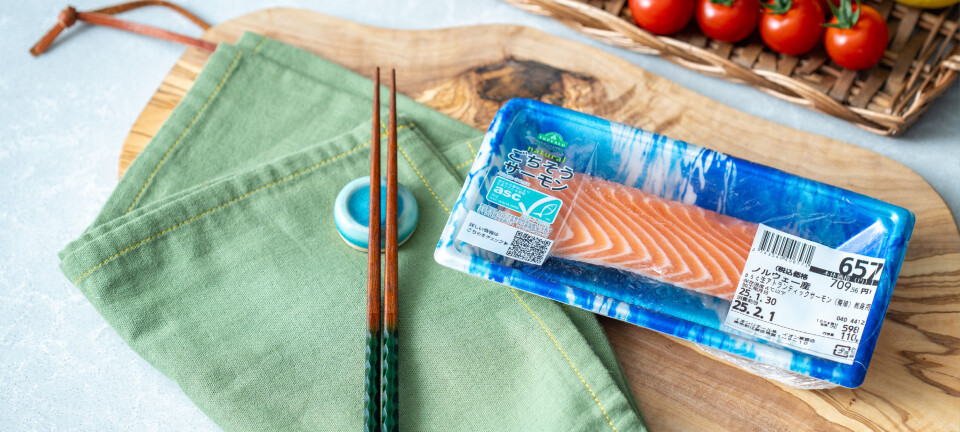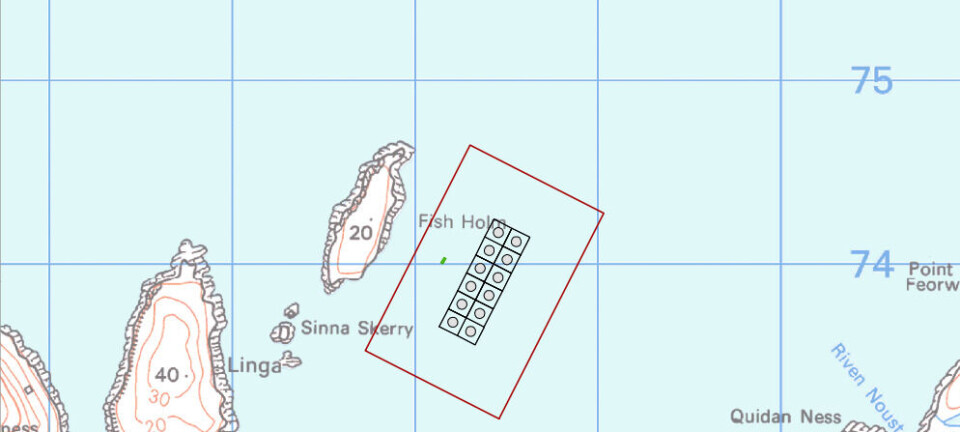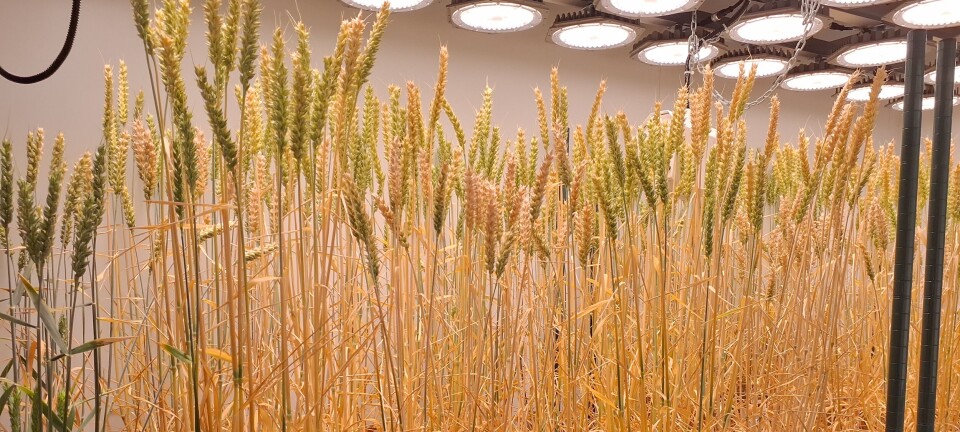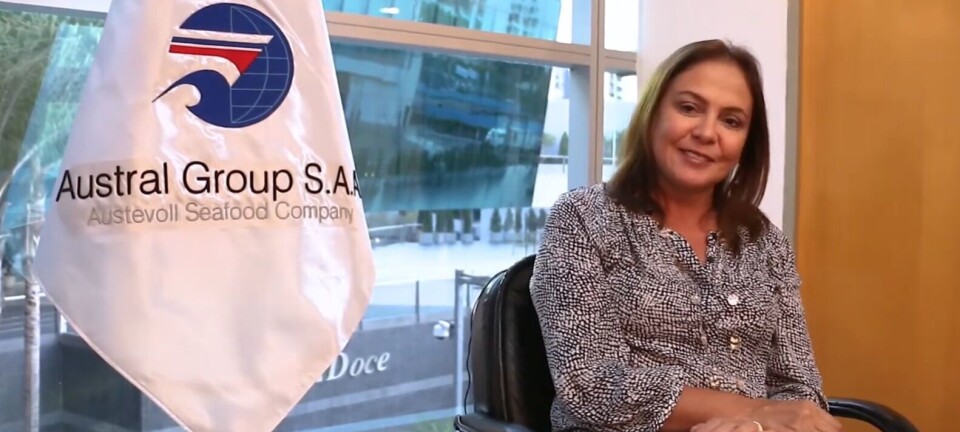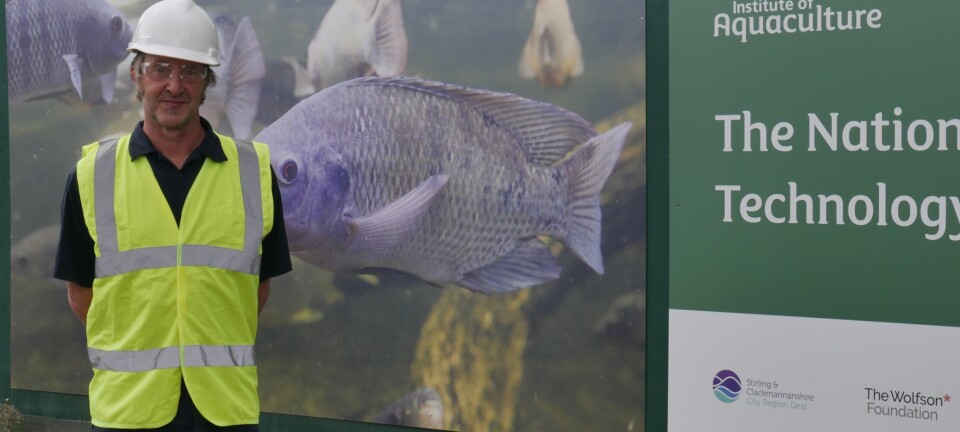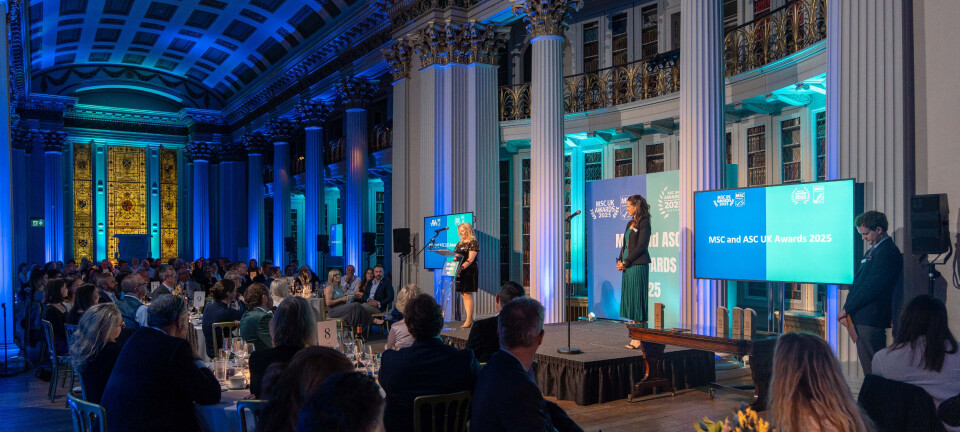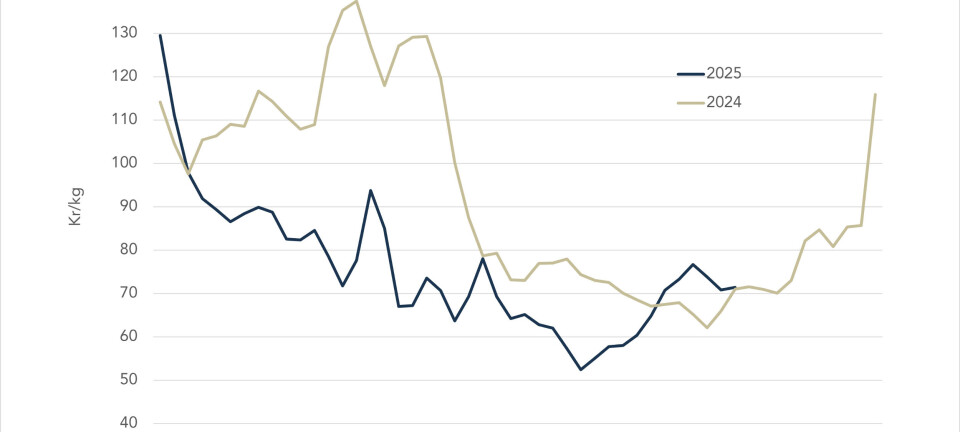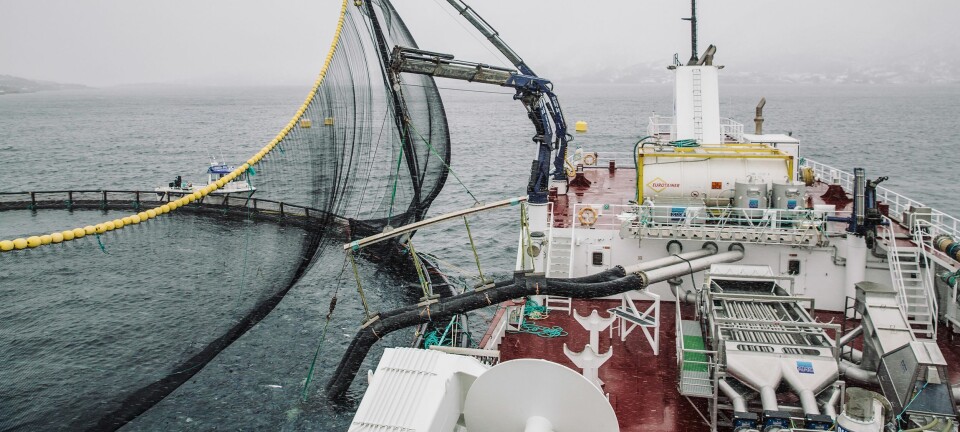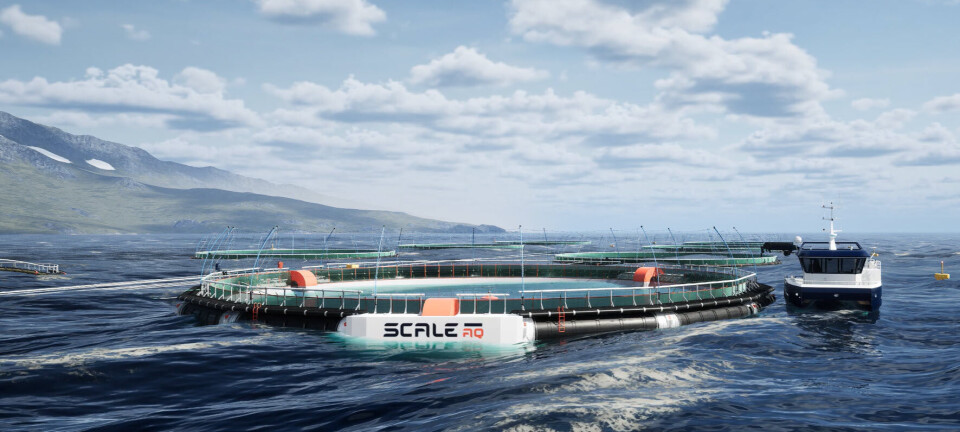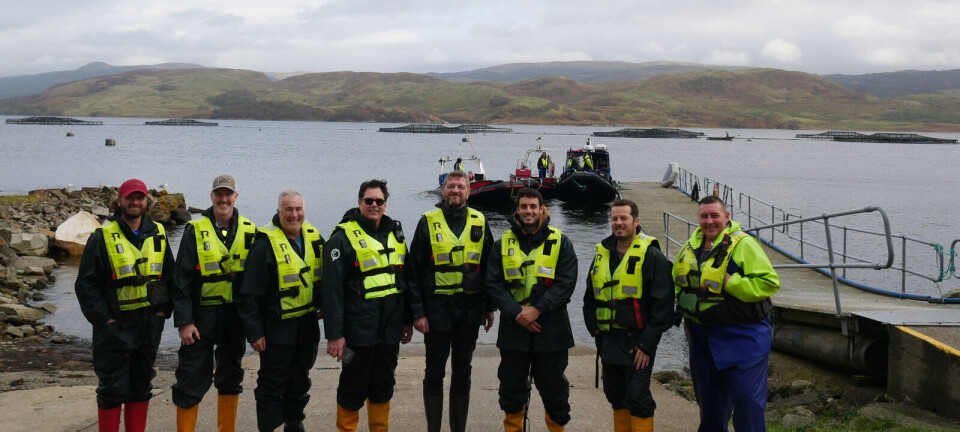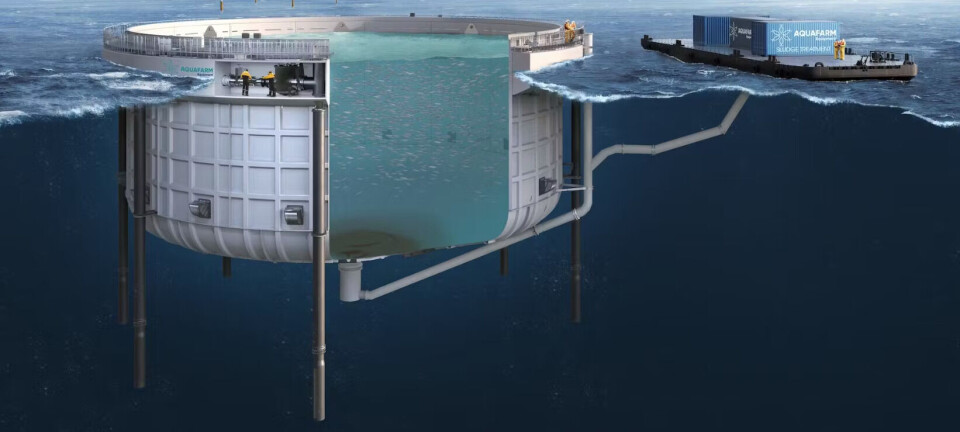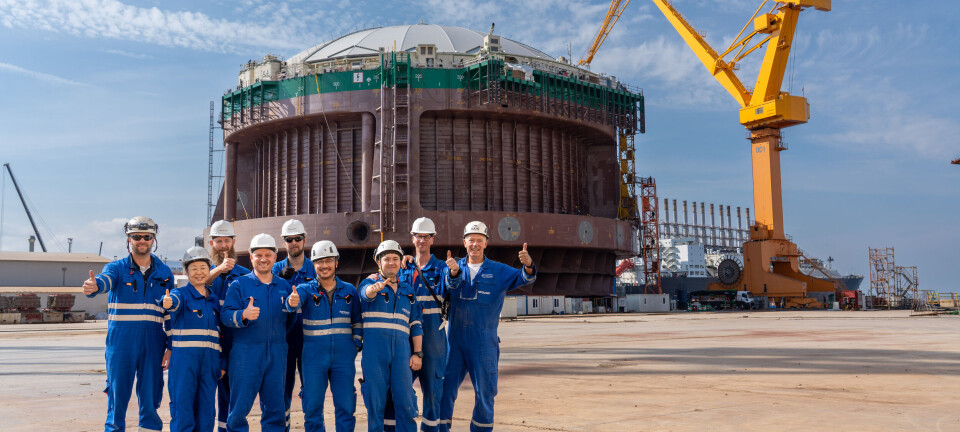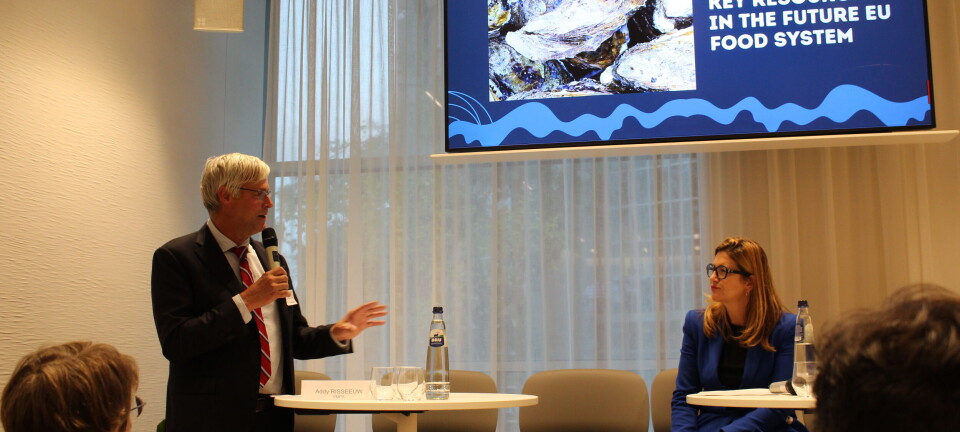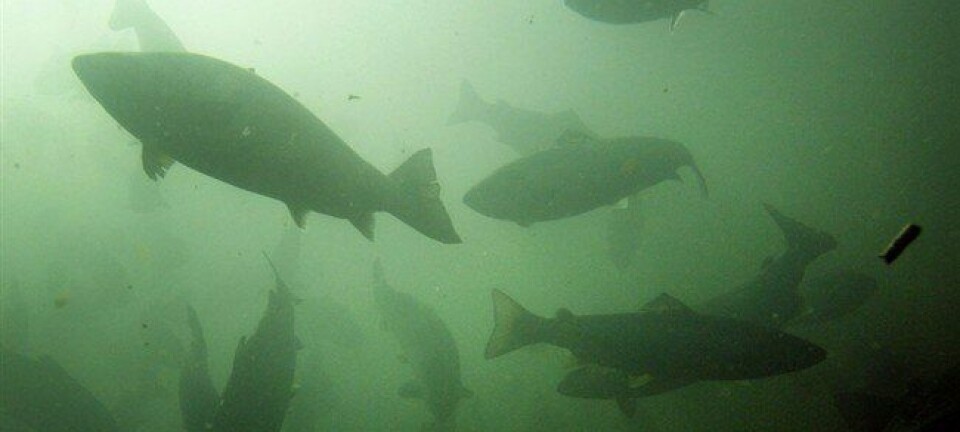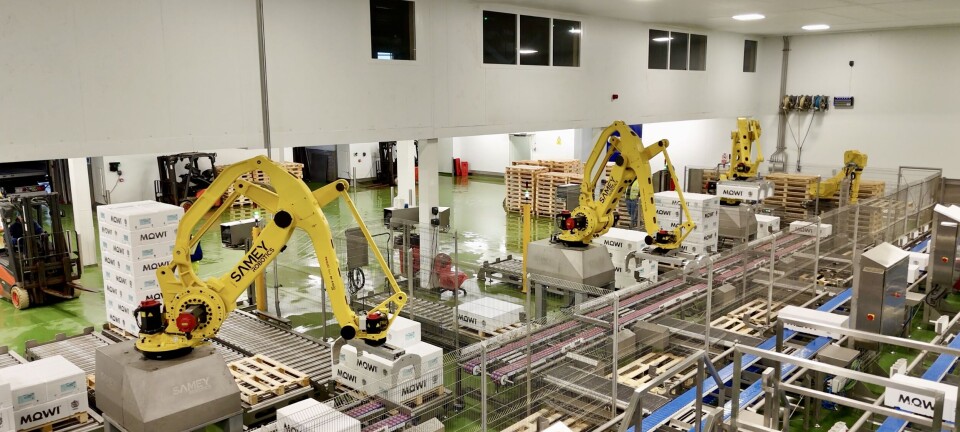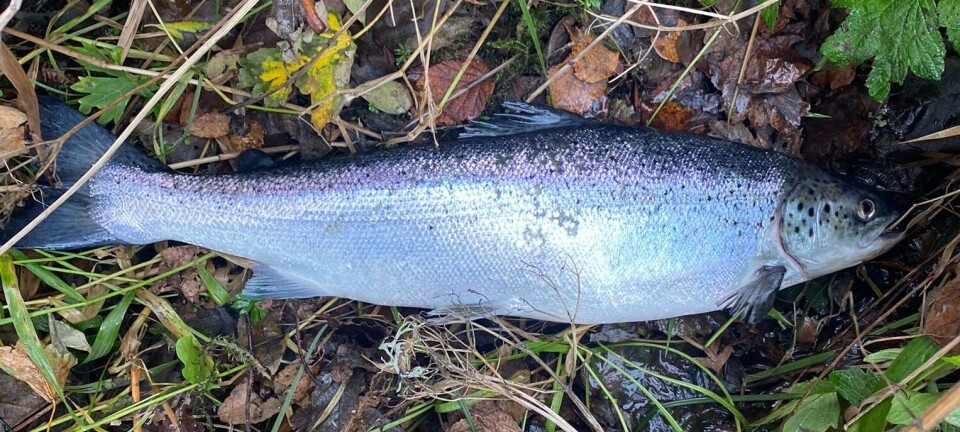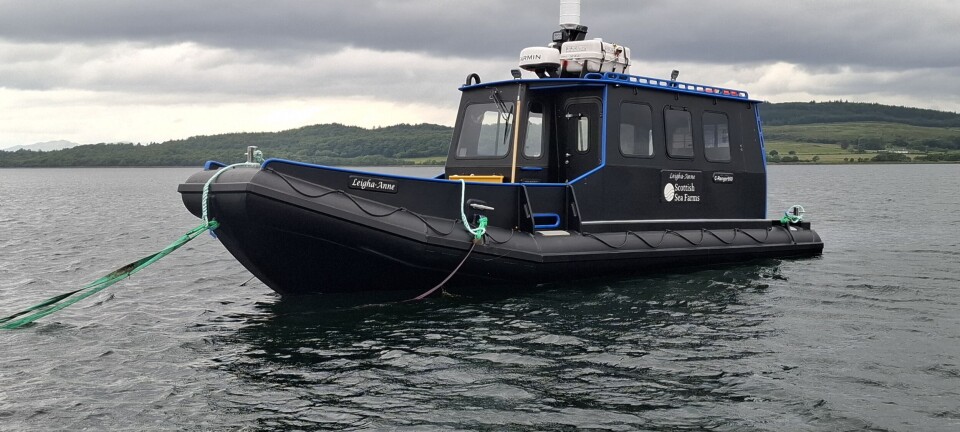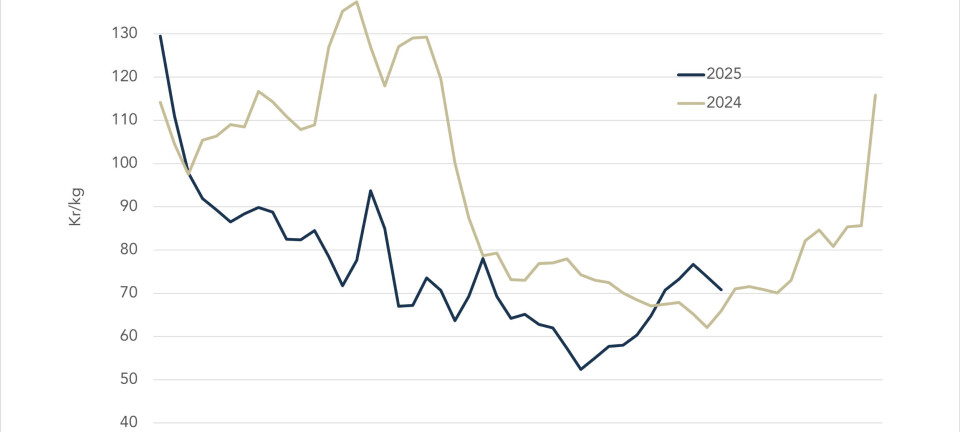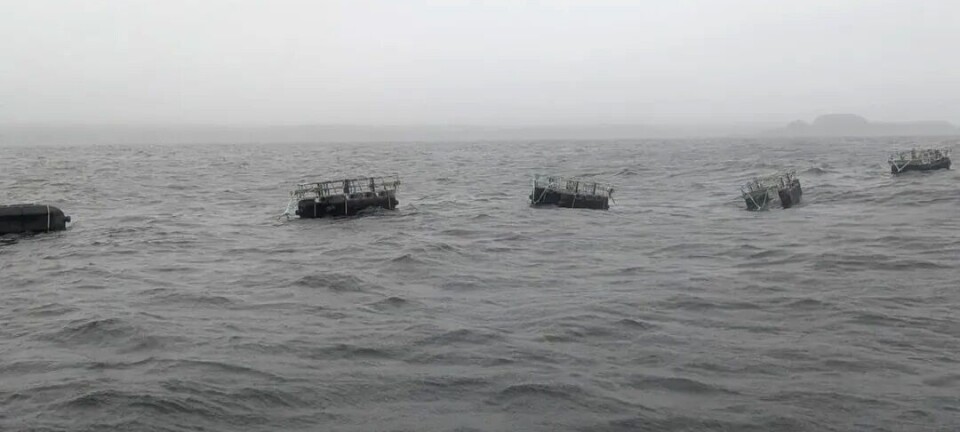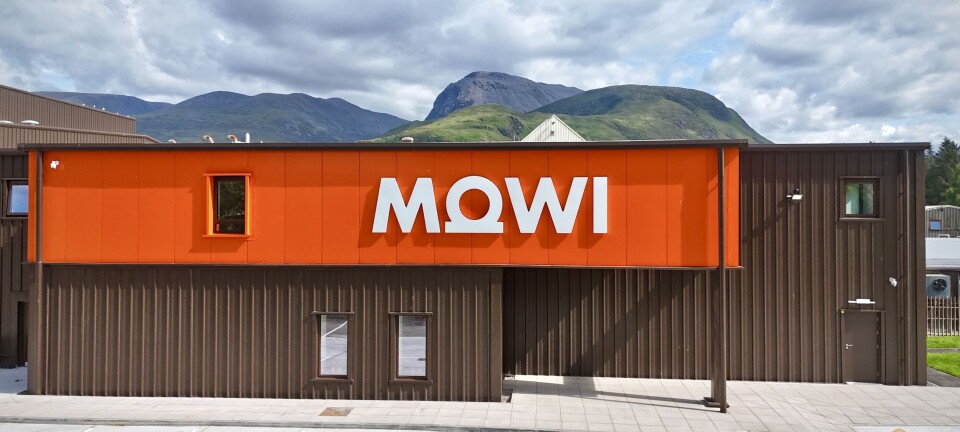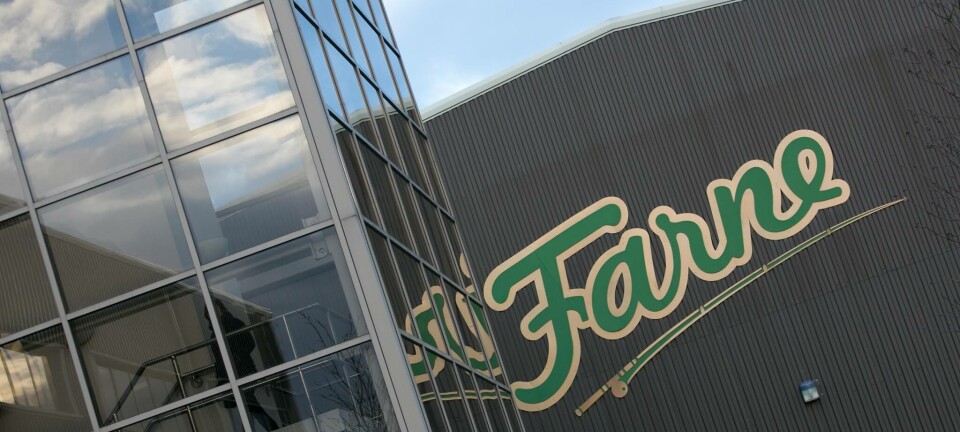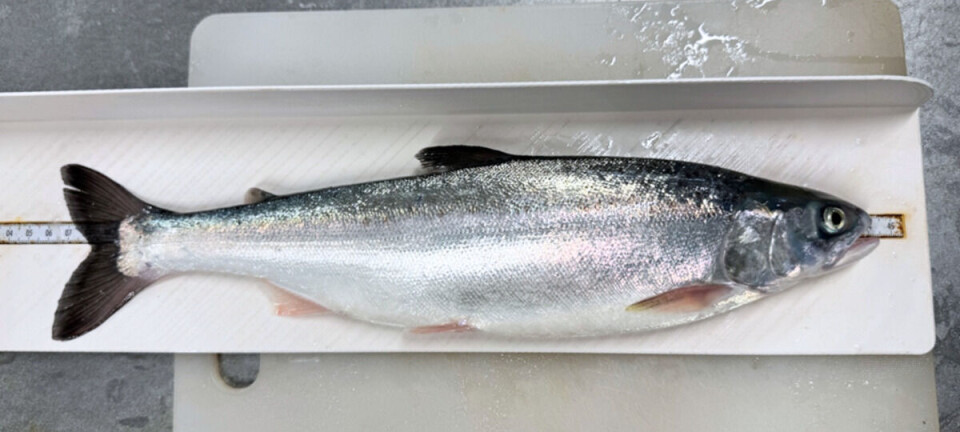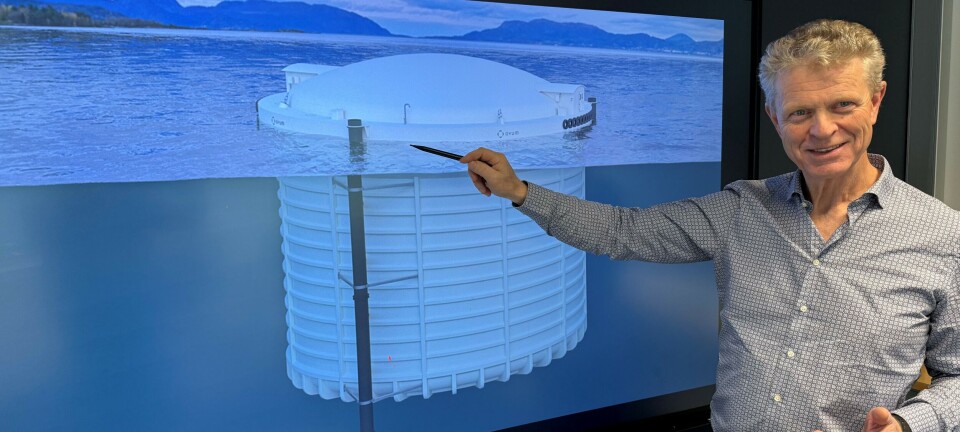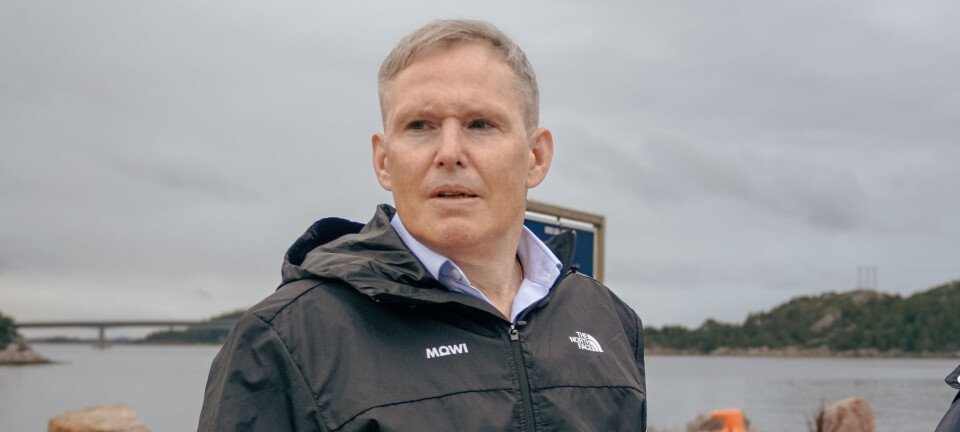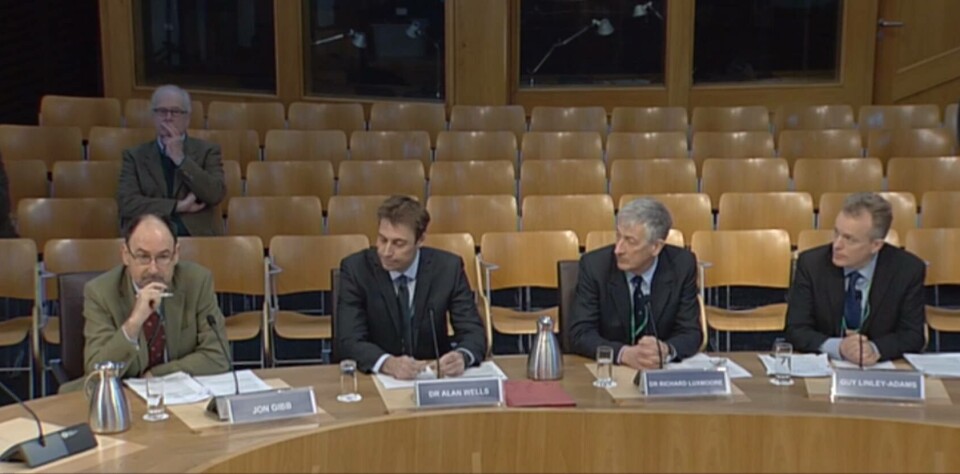
Anglers call for ‘early harvest’ sanction for salmon farmers
Angling pressure group Salmon and Trout Conservation Scotland (S&TCS) has suggested a “three-strikes-and-you’re-out” approach that would force salmon farmers to harvest fish early if lice numbers exceeded trigger levels on three consecutive counts.
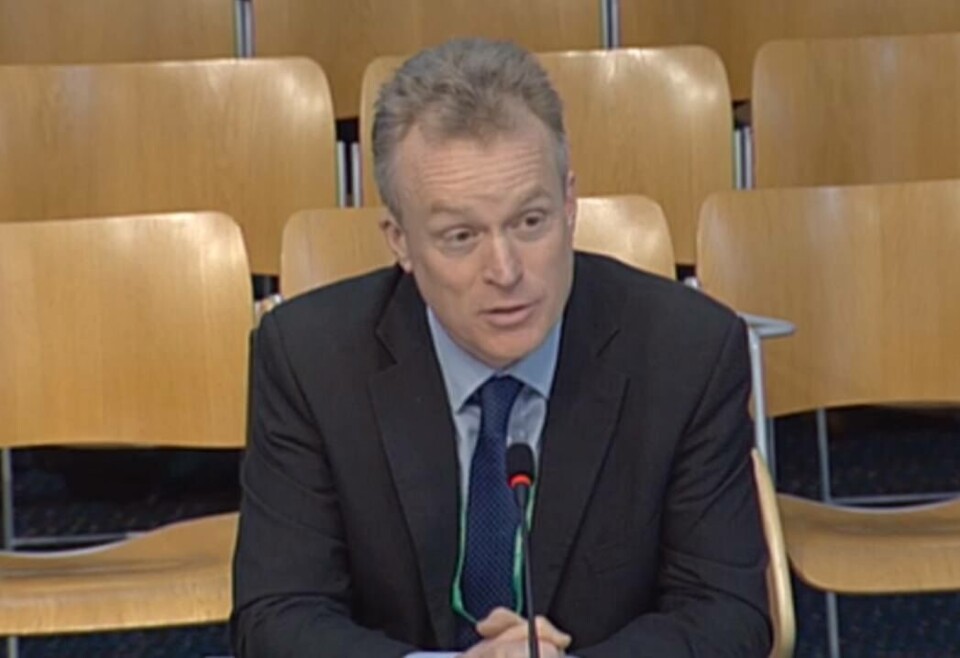
S&TCS representative Guy Linley-Adams put forward the idea while giving evidence to a Scottish Parliamentary committee inquiry into Scottish salmon farming yesterday.
Linley-Adams appeared as a witness in front of the Rural Economy and Connectivity (REC) Committee inquiry alongside Jon Gibb, clerk of Lochaber District Salmon Fishery Board; Dr Alan Wells, chief executive of Fisheries Management Scotland (FMS); and Dr Richard Luxmoore, senior nature conservation adviser at the National Trust for Scotland, appearing on behalf of Scottish Environment LINK.
Linley-Adams, Gibb and Luxmoore also said salmon farming should move to closed containment in the medium-to-long term, something that they said would both help solve the industry’s problems with disease and mortality and protect wild fish from lice larvae released from fish farms.
Numbers meaningless
Asked by South Scotland MSP Colin Smyth if Marine Scotland’s trigger levels for action to be taken against sea lice on fish farms were correct, and if the action was appropriate, Gibb said that for many years many in the angling industry thought the numbers didn’t matter.
“If you have a lice target that doesn’t take into account the number of fish in a fish farm or the biomass of fish in a fish farm, or indeed on the path of a smolt from a river to the open ocean, then whether it’s one, three, eight or whatever is essentially meaningless," said Gibb.

Luxmoore said the lice levels said nothing about their impact on wild fish, adding: “What is important is the number of lice larvae shed into the sea from a fish farm. The correct measure is not the number of lice per fish, but the number of fish in the farm.”
Linley-Adams, however, said that “with all the provisos that lice per fish is not a good measure - it should be lice per farm - it would be sensible to put in a ceiling above which farms should not operate, [that requires them] to harvest early to remove the fish.
“Below that level, depending on where the farm is, you have to apply some form of adaptive management – monitoring the wild fish, monitoring the lice impact on the wild fish, feeding back to how the farms operate. But there does need to be a ceiling above which the farms should not operate and the [Code of Good Practice] 0.5 trigger level would certainly be our preference.”
He pointed out that salmon farmers in the Faroe Islands must report their lice figures fortnightly and when they exceed 1.5 female lice per fish for three consecutive reports they have to harvest out their farms within two months – “three strikes and you’re out”.
Nice model within ASC
Wells said a lot of the things the angling industry was looking for already sit within the Aquaculture Stewardship Council (ASC) certification scheme.
“It is one of the main reasons why we are working much, much closer with Marine Harvest now, because they’re the one company in Scotland that’s said they’re going to try to get all of their farms through this certification scheme.
“It requires a much lower threshold for treatment of 0.1 lice per fish but it also crucially takes into account the number of fish within the area. It requires monitoring of wild fish, so a lot of the principles that we would like to see brought into the regulatory system actually already sit there. There’s a nice model for it sitting within the ASC.”
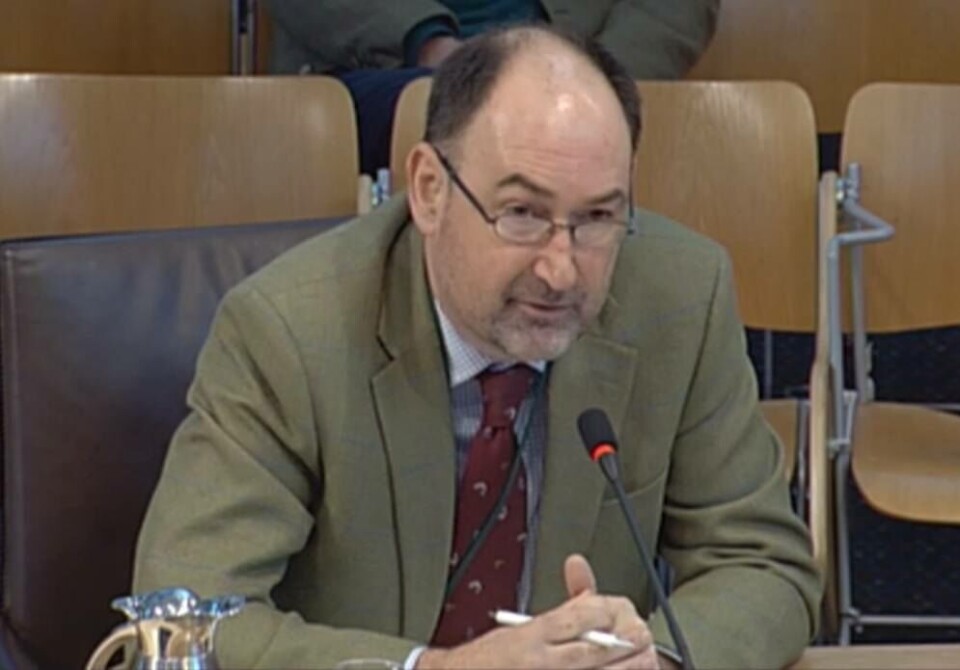
At the start of a two-hour session, Wells said a 2017 report on the value of the angling industry carried out for the Scottish Government indicated £135 million of angler expenditure, 4,300 full-time equivalent jobs, and £79.9m of gross value added, on 2014 figures.
Asked by Glasgow Shettleston MSP, John Mason, if Scotland could have both successful wild fisheries and salmon farming, or had to choose one, Linley-Adams said the S&TCS was concerned salmon farming exists “within environmental limits” but that “as a simple principle there is absolutely no reason why the two sectors can’t co-exist and both thrive”.
Gibb said all man-made activity such as fish farming, forestry or hydro power was going to be a risk to wild fish stocks, and the aim was to minimise it. “It’s a not unreasonable place to try and find. We are not there at the moment, though.”
Proportion of profits
Wells said FMS has a position that sought thriving wild fish populations unaffected by salmon farming, a harmonious co-existence with fish farmers, a world-leading regulatory and planning system that protects wild fish, and “investment of a proportion of any profits generated by the [fish farming] industry into the protection and improvement of local salmon and sea trout populations and fisheries”.
Asked by Coatbridge MSP Fulton MacGregor if there was any solid evidence that shows that disease can be spread between wild and farmed salmon, Wells said it was incredibly difficult to assess in the wild population, adding that some small sampling had been done by Marine Scotland Science. “My understanding is they haven’t found much evidence of disease in wild fish, but again, the problem is actually sampling a representative sample.”
Asked if climate change was affecting wild fish, he said there was no evidence “one way or the other” if the gill health issues challenging farmed fish because of rising sea temperatures were also affecting the wild population, but said climate change was almost certainly an issue in their ability to find food in the ocean. “We know that there have been phase shifts of plankton, the sort of things that fish eat, that have moved maybe 1,000km to the north.”
Rivers full of dead fish
In answer to a question about any social or economic effects of disease in wild fish, Gibb said: “The last few years, the last decade or so – I should stress, it’s nothing to do with aquaculture, this, it’s purely a disease in wild fish – certain rivers, more so on the east coast than the west coast, and particularly rivers where early spring salmon come in and then the river dries up and they’re constricted in pools, you have a high density of fish in small pools, they have started to see, and continue to see, this UDN-type disease, or at least the symptoms of UDN (ulceral dermal necrosis).
“You can actually have situations where you have rivers literally full of dead fish, which as you can imagine is not particularly good for the marketing of fishing.”
Uddingston and Bellshill MSP Richard Lyle asked if the panel had examples from others countries about how farming mortality levels could be addressed, saying: “If I was a fish farmer and 20% of my stock was getting lost, I’d seriously be doing something about it.”
Floating closed units
Linley-Adams said: “We see closed containment projects popping up in Norway. By closed containment I don’t just mean land-based closed containment, I mean floating closed containment units which would clearly be of greater significance in Scotland.
“One of the messages from the Environment, Climate Change and Land Reform Committee report (into salmon farming’s impact on the environment) was that investment, incentivising closed containment, rapid research, anything that the Scottish government can do to push us down that path, would be very welcome.”
Gibb pointed out that he was himself a fish farmer, for fishery restocking, and told Lyle: “The salmon by its very nature produces many, many thousands of eggs [from] each individual and there’s a natural erosion, so I think although it’s tempting to look at very high mortality and compare it to sheep or pigs or something like that, it’s an entirely different thing.”
He added: “As I run a farm I know you do get wastage. It’s a very natural thing.”
Significant losses
Asked by convener Edward Mountain if he got losses of 20%, Gibb said: “No, I don’t, I run a very small operation, but I do get significant losses. I don’t want to be drawn too much on whether 20% is acceptable or not. If I had to be I would say it does seem rather high, but representing wild fish interests, the methods they use to transport dead fish or whatever, that’s not what’s affecting us.
“It is perhaps indicative of an underlying problem and I don’t think that’s something the fish farm companies would necessarily shy away from.”
North east Scotland MSP Peter Chapman noted salmon rivers in the east of the country, where there are no salmon farms, are under pressure as well as those on the west coast.
Wells said FMS had never taken the position that fish farming was the only pressure facing wild fish, but said that experiments had been done in Norway and Ireland that were able to isolate the effects of sea lice infection from the other pressures on the fish.
Fewer unprotected fish return
“They’ve taken two cohorts of fish and released them into the wild, one of which has been prophylactically treated against sea lice to protect those fish against sea lice and the other one isn’t, it’s the control.
“All of those other pressures that happen in the marine environment would affect both of those experimental groups equally, and what those experiments have shown is that on average, and there’s a lot of variation within it, about 20% less fish return to rivers in the control group as opposed to those that have been treated for sea lice.”
Gibb said: “We have never seen aquaculture as the main culprit in the decline of salmon and sea trout, however what’s clear is that is most certainly adding an extra pressure to already threatened stocks.”
He said Marine Scotland Science had been doing similar experimental work on the River Lochy.
Rivers extinct of Atlantic salmon
“My understanding is that is has demonstrated that marine survival rates are extremely poor on parts of the west coast, certainly in my region of Lochaber, and you won’t find this on the east coast of Scotland if we’re making any comparisons.
“You actually now have rivers that could simply be classed as extinct of Atlantic salmon. We have the River Coe, which as you’ll probably know runs through the middle of Glen Coe, had one salmon redd in it this year as far as we could count, so that suggests that it may have been one pair of salmon in that whole river. That used to be a thriving river.
“The same with the River Leven. At Kinlochleven, absolutely no salmon caught, absolutely no salmon seen. We are seeing a new period of decline, certainly in parts of the west coast.”
In other evidence, Luxmoore pointed out that the waste from one 2,500-tonne fish farm was the volume equivalent of the sewage output of two towns the size of Oban.
The next evidence session will take place on April 18, when Scottish Natural Heritage will give its views.


















